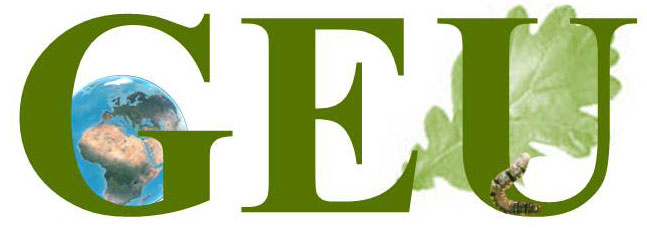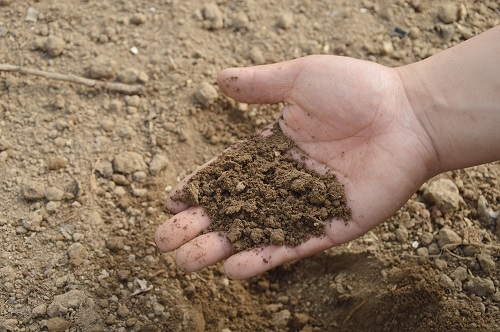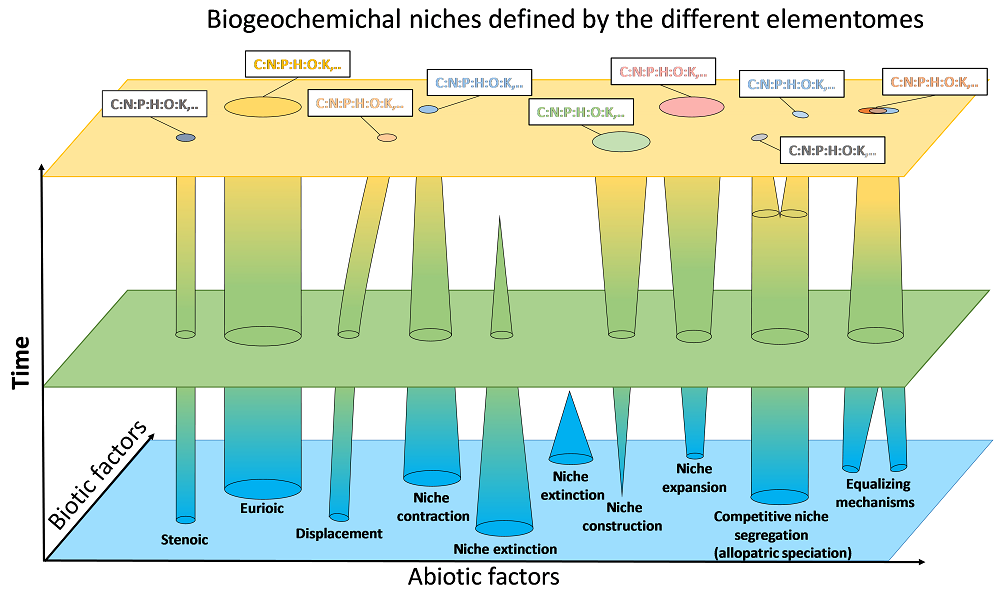
Leaf unfolding (LU) determines the restart of the growing season. LU in temperate forests is driven by spring temperature, but the spatial heterogeneities of LU, and especially of its controls, have been much less studied.
In a new study published in the journal Nature Communications, authors used in situ LU observations for eight deciduous tree species to show that the two factors that control chilling (number of cold days) and heat requirement (growing degree days at LU, GDDreq) only explain 30% of the spatial variance of LU. Radiation and aridity differences among sites together explained 10% of the spatial variance of LU date, and up to 40% of the variation in GDDreq. Radiation intensity was positively correlated with GDDreq and aridity was negatively correlated with GDDreq spatial variance. Assessing the long-term spatial variance of LU and GDDreq is a first step in developing a unified framework that will allow an understanding of the multiple controls of climate on plant phenology.
“Our study provides evidence for a significant control of leaf unfolding by long-term background climatic conditions across sites, potentially representing long-term adaptation of species”, said Dr. Marc Peaucelle from CREAF-CSIC Barcelona, now in the Department of Environment of the University of Ghent. According to the authors, these findings show that at least two mechanisms influence spring phenology: i) the direct sensing of meteorological conditions during spring to optimize the restart of plant activity and ii) the long-term adjustment of bud sensitivity to spring meteorological conditions in order to cope with growing season pressures at sites.
The results presented in the study show that LU of temperate deciduous trees is adapted to local mean climate, including water and light availability, through altered sensitivity to spring temperature. This adaptation of GDDreq to background climate implies that models using constant temperature response are inherently inaccurate at local scale.
“Future research on the importance of plant phenology on ecosystem functioning should focus on space-time interactions with environmental conditions specifically to address: 1) the effects of light and aridity on bud sensitivity to temperature, and 2) the potential coordination between plant processes and phenology that could account for a co-limitation by temperature and the availability of light and water”, said Prof Josep Peñuelas from CREAF-CSIC.
Reference: Peaucelle, M., Janssens, I.A., Stocker, B.D., Descals Ferrando, A., Fu, Y.H., Molowny-Horas, R., Ciais, P., Peñuelas, J. 2019. Spatial variance of spring phenology in temperate deciduous forests is constrained by biogeographical conditions of temperature, light and aridity. Nature Communications, (2019) 10:5388. Doi: 10.1038/s41467-019-13365-1.














